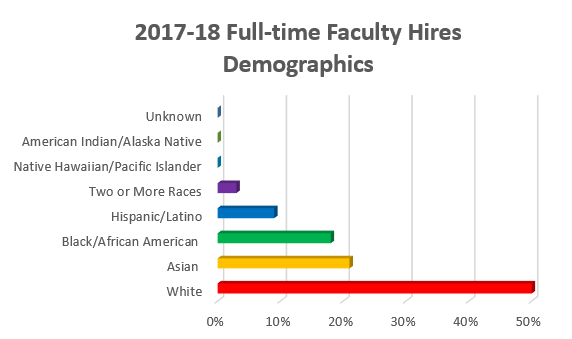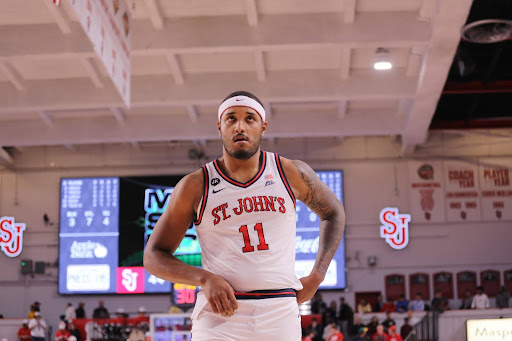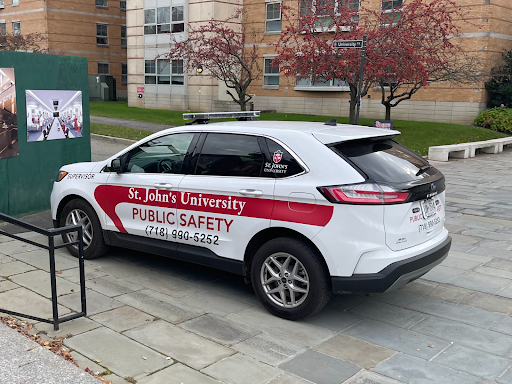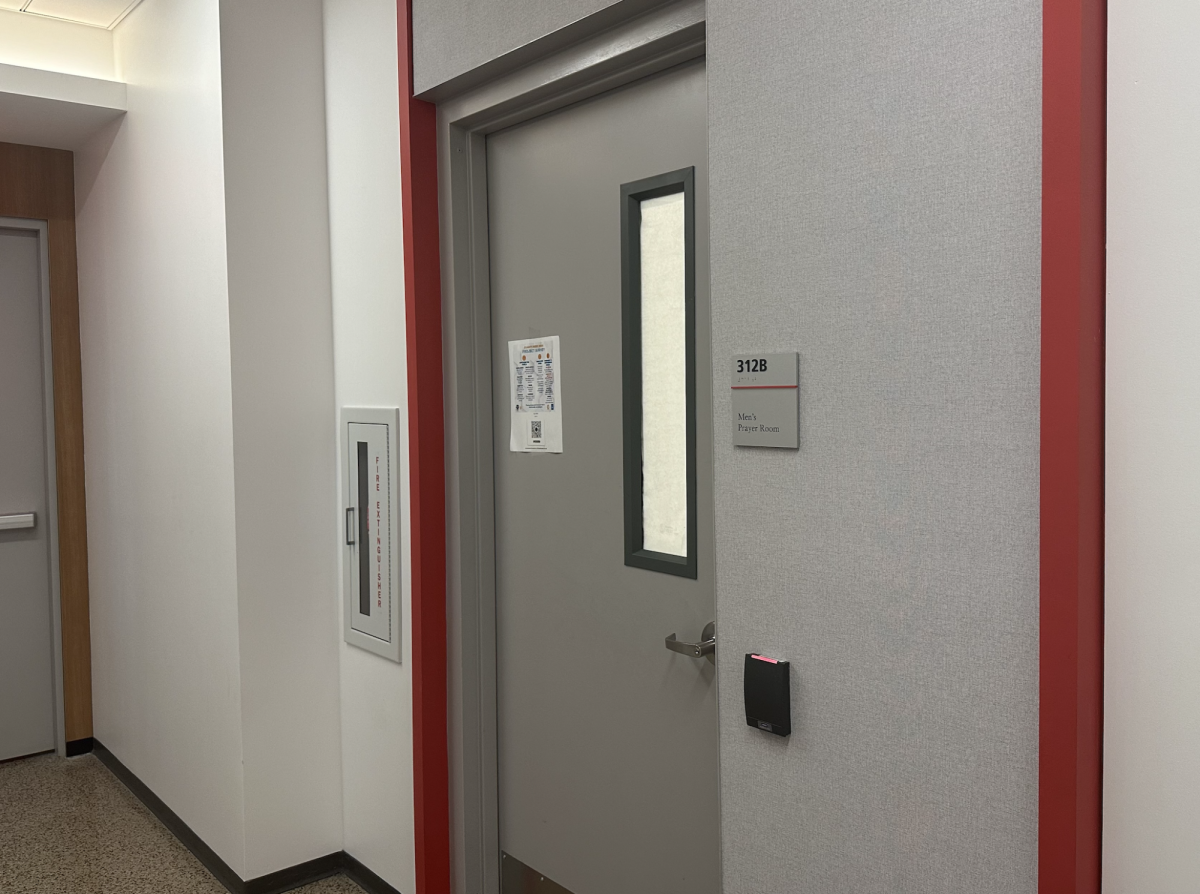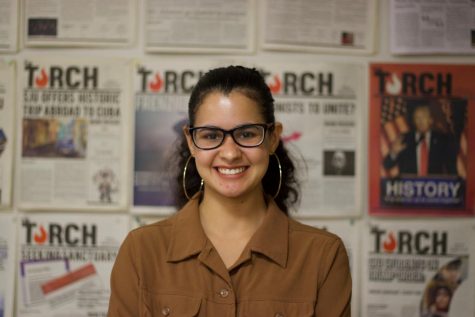The University says that half of its new faculty hires this year have been minorities, a development that comes on the heels of a year-long student discussion about a lack of diversity among the teaching ranks.
The new faculty hires consist of:
- Asians: 21 percent
- Black/African Americans: 18 percent
- Hispanic/Latino: nine percent
Comparing these figures to the last three years of new faculty hires brochures, the number of diverse new hires has increased considerably. The brochure, published annually under the the Academics heading in St. John’s website under “Provost,” contains a small profile on each new faculty member.
What caused this shift?
University Provost Dr. Robert Mangione and Chief Diversity Officer Nada M. Llewellyn, Esq. said this is due to the University’s recent efforts to accommodate the student body’s concerns and as a direct response to President Conrado “Bobby” Gempesaw’s second strategic priority to “recruit, recognize and retain the best faculty, staff and administrators.”
“Why did we do better this year than the year before? I think a big part of that is certainly Dr. Llewellyn’s help and learning how to recruit more effectively,” Mangione said.
Mangione explained that there is an extensive process when hiring new faculty. First, the department chairs must discuss what positions are needed for the next school year before submitting their requests to Mangione. Then Mangione asks them questions to justify these requests, which include questions about enrollment and potential growth of the program.
“A very important question in there is: What will you do to diversify the applicant pool?” Mangione said.
Once this is taken into consideration, Mangione assesses what positions can be opened in regards to budget constraints. Then, with the approval from Gempesaw, he gives each department chair the positions that they can recruit for.
The basic recruitment process starts with advertisement in various journals. Mangione admits that they have become aware of the need to advertise on platforms that will ensure that more diverse scholars apply to St. John’s.
“If I was recruiting a biologist, it would seem to me I’ll put an ad in Nature Magazine, it’s the greatest journal in biology and that’s where people are going to read, but that’s not enough,” Mangione said. “By reading an ad in Nature magazine it may not be evident what a great place St. John’s would be for historically underrepresented faculty members.”
Llewellyn added that she and Mangione are constantly working with faculty to actively add resources, such as a minority faculty applicant database, to further their initiatives for hiring faculty of historically underrepresented groups.
“Last year we went to the Black Doctoral Network Recruitment Fair and that was an opportunity to meet with a lot of candidates and it was a really good experience [as] it gets our name out there as an employer that is interested and dedicated to employing faculty from historically underrepresented groups,” Llewellyn said.
Although Mangione and Llewellyn are optimistic about this year’s progress, some students believe there is more to be done. On Nov. 16, Students of Consciousness organized a protest where they demanded more representation in the classroom.
A group of 40 students marched to Gempesaw’s office demanding to speak to him about these issues. Gempesaw wasn’t present but they were able to speak with Joseph E. Oliva, vice president for administration, secretary and general counsel in his office.
“The meeting was a good opportunity to hear directly from students about ways we can create a more inclusive university environment,” Oliva said in a statement to the Torch.
In St. John’s most recent fact book, which includes data from 2015, statistics showed that only 24 percent of full-time faculty were black, Asian and Hispanic/Latino. This number hasn’t changed since fall of 2013.
Raj Chetty, an assistant professor in the English department, said he is “cautiously excited” about the increase in diverse new hires.
In the past, Chetty has spoken out about the need for more diverse faculty as he works closely with the R.I.S.E. Network, but said he has found Llewellyn’s work beneficial.
“The danger of this progress can be jumping over one hurdle and then stopping in our midst,” Chetty said. “It’s important to embrace what we say about diversity and not hide behind the wrong idea of it.”



